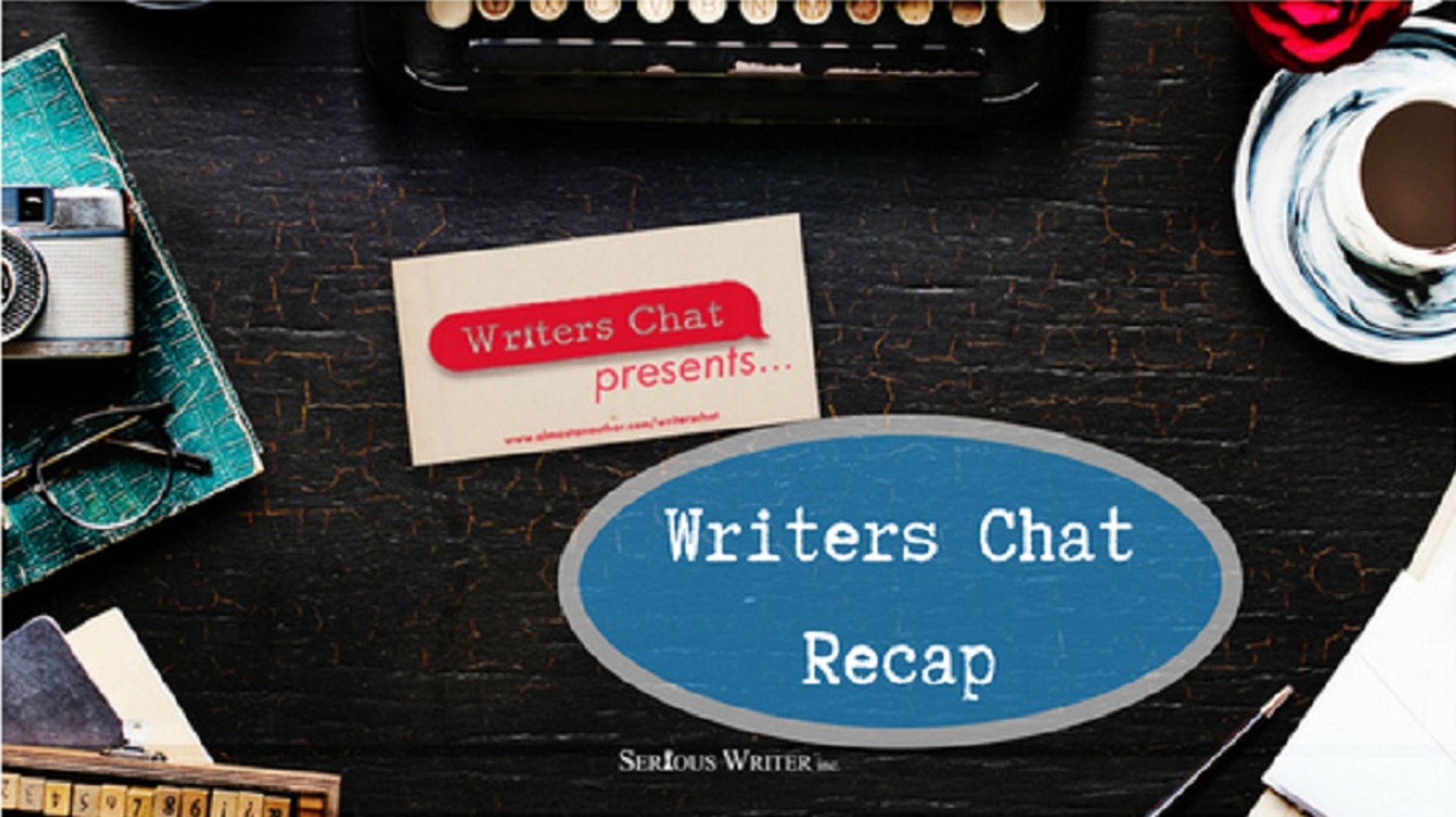
Be A Responsible Writer – Internet Best Practices
We want to be responsible, professional writers, but there are so many little details to remember. Here are some…
September 24, 2022
We want to be responsible, professional writers, but there are so many little details to remember. Here are some…
September 24, 2022
A homepage is like the lobby of your personal office building. When a visitor arrives at an office lobby,…
March 24, 2022
A press kit may sound like something that only celebrities and big-time authors need, but that’s not true. Everyone…
February 24, 2022
Websites are part and parcel of the modern professional lifestyle. This is especially true for anyone working on their…
October 22, 2021
Creating a brand that lasts can be a bit of an intimidating process. As a writer/author, you want to…
September 18, 2021
As you dive further into platform and branding it may be difficult to determine exactly what you want your…
August 18, 2021
Writers Chat, hosted by Jean Wise, Johnnie Alexander, and Brandy Brow, is the show where we talk about all…
July 30, 2021
At some point in your writing career you’ll probably step on a stage and be expected to speak. It…
June 18, 2021
Raise your hand if you’re a writer on Twitter! Same. Twitter is a great place for building that writing…
March 18, 2021
Personal brand is a big factor for writers today. Do you have one? If so, what is it? And…
November 18, 2020
Writing a novel is hard work and takes time. Writing a Historical Fiction novel may require more time and…
October 20, 2020
As a writer, Christian, and citizen I have made a purposeful choice to keep my social media posts social.…
August 5, 2020
Writers Chat, hosted by Jean Wise, Johnnie Alexander, and Bethany Jett, is the show where we talk about all…
July 15, 2020
Writers Chat, hosted by Jean Wise, Johnnie Alexander, and Bethany Jett, is the show where we talk about all…
May 30, 2020
In my last article, I introduced the idea of an author creating a brand personality and outlined three ways…
January 12, 2020
A few days ago, my wife returned from the grocery store with two different brands of coffee: Lavazza and…
November 12, 2019
Indie authors often want to know how to build a writing brand. There are actually two sides of being…
October 12, 2019
When you think about the word “brand,” what comes to mind? A metal tool used with cattle? A particular…
September 16, 2018